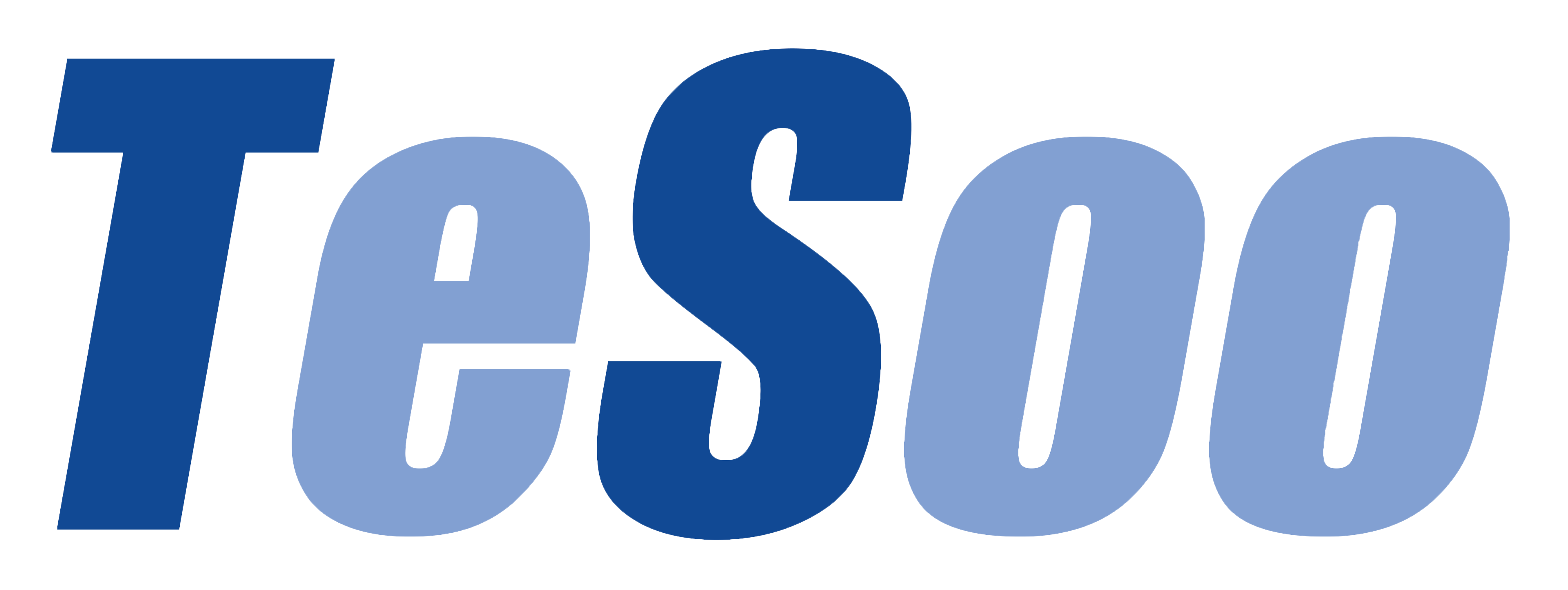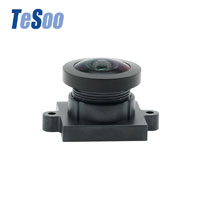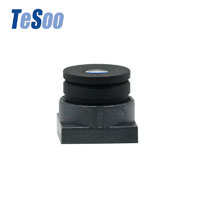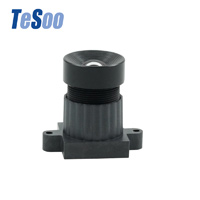Car lens development in the autonomous driving industry
The self-driving industry is developing rapidly, and China is rapidly widening its market.
1. Auto lens autopilot penetration rate increases, industry growth or gear shift speed up
The rapid growth in the use of automotive single-vehicle lens as well as the significant increase in specifications drive the development of the automotive lens industry ushered in the volume and price, and the visual solution hardware single-vehicle occupancy cost is not high about a few thousand dollars, so the pace of penetration in the host plant is faster, so it can be expected that the future growth of the industry or a gear shift speed up.
We believe that the development of the automotive camera lens industry and the auto autonomous driving level correlation is strong, that is, in order to achieve different functions car needs to carry the number of cameras and specifications vary, from L1-L5 level of autonomous driving requires the number of sensors is usually in increasing order, according to our judgment L2 level of autonomous driving on the number of lenses used in 5-8, L3 level lens use the number of lenses in about 10, and To achieve the L4/L5 level of autonomous driving requires the use of more cameras.
Car equipped with the front view, surround view, rear view, side view and other automotive lens pixel gap will further widen, such as the mainstream recognized configuration of the front view using 5/8M pixels, surround view is 2/3M pixels, compared to the previous are 2M below the car lens pixel specifications have significantly improved.
2.Automotive lens barriers are high: performance, reliability, certification cycle
In addition to the basic temperature resistance, shock resistance, water and dust resistance, corrosion resistance, service life and other common automotive requirements need to be met, the optical performance of automotive lenses need to address temperature drift, high through-light, stray light ghosting, aberrations, field of view and other issues, of course, there are differences in the performance requirements of the lens in different locations, the optical performance of the front view ADAS lens requirements are the highest, the value is also higher.
Quality stability and consistency, the control of dynamic quality demanding automotive camera lens manufacturers in materials, design and technology accumulated over a long period of time, testing the manufacturer's knowledge and understanding of lens components.
Due to the high performance and reliability requirements of automotive lenses, so the automotive lens certification cycle is long, from product development, laboratory testing, road testing to final mass production supply cycle is usually 2-3 years, of course, different functional lens certification cycle varies, the time cycle in order of ADAS, surround view, rear view application lens.
Along with the influx of many domestic players, the industry landscape or change, Chinese manufacturers are expected to quickly respond to the needs of Chinese car companies to accelerate intelligent with high cooperation, cost, performance, fast delivery and other advantages, and continue to develop overseas markets, grasp the current industry chain change under the pattern of reshaping the window.
Popular Camera Lens
Hot Camera Lens Articles

 English
English 

